This is an exciting time for kelp restoration in California and around the world.
Kelp forests are incredibly diverse and complex ecosystems, and because of that complexity, there are still many scientific unknowns on the best ways to restore lost kelp forests.
Some methods to restore kelp forests have been proven very effective, such as urchin culling developed by The Bay Foundation at Palos Verdes. However what if urchin barrens are not the problem preventing kelp from coming back?
The giant kelp forests of La Jolla, CA and nearby areas in San Diego are a prime example. These forests have declined by up to 90% since a marine heatwave in 2014-2015 wiped them out, and have not yet re-grown despite water temperatures having returned to normal.
Unlike other locations, urchin barrens are not the problem, with a lack of a seed bank and changing ocean dynamics being the likely cause.
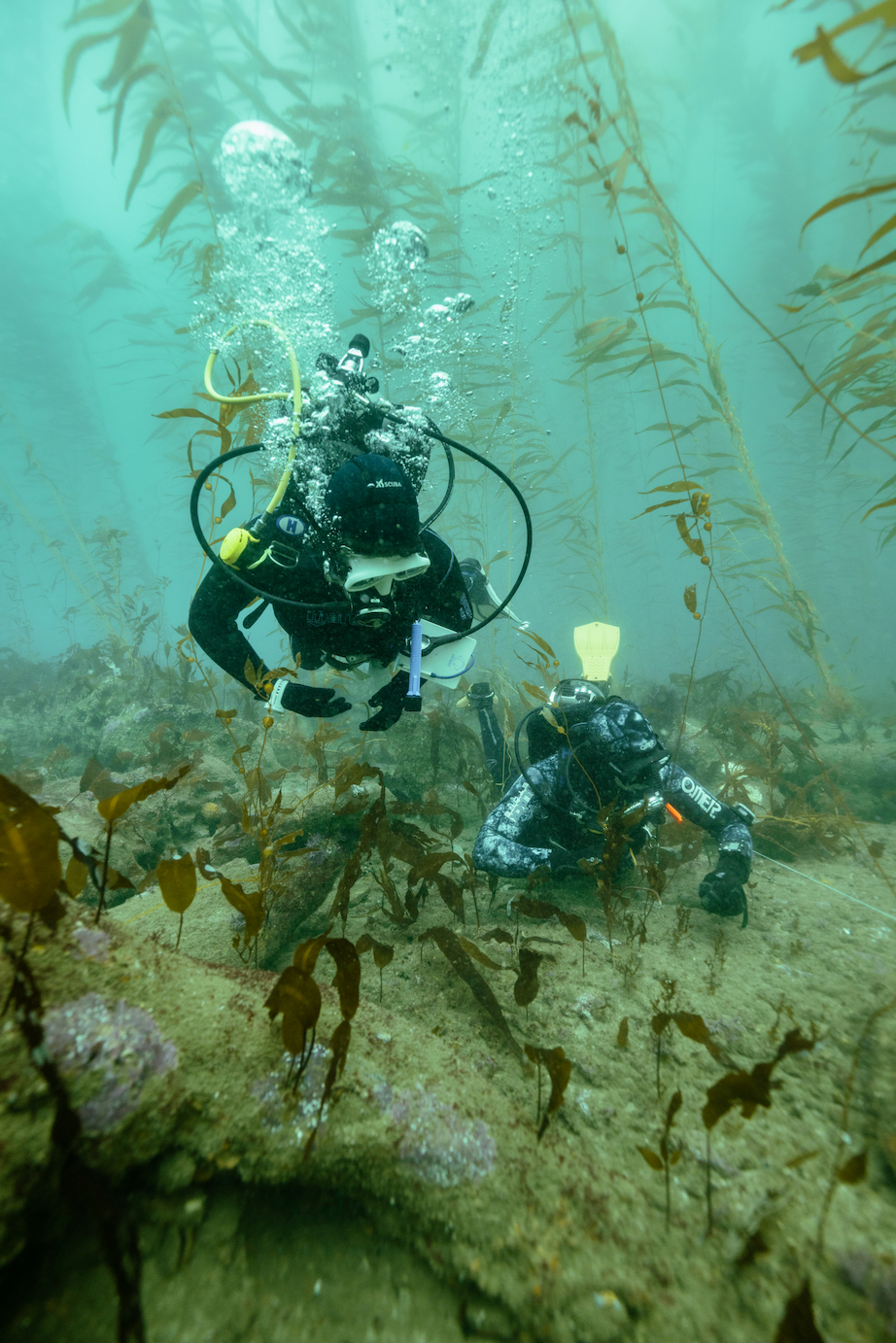
Scripps Institution of Oceanography
To solve this problem, SeaTrees is working with scientists at UC San Diego Scripps Institution of Oceanography to conduct scientific research on the best methods to restore the kelp forests of La Jolla and San Diego County. Scripps Oceanography scientists will test multiple hypotheses of how to restore kelp, including outplanting lab-grown juveniles and identifying if more thermally-tolerant strains exist which may better survive a warming climate.
This project will inform future kelp restoration efforts to more quickly identify both problems and solutions for other lost kelp forests in Southern California. Our goal is to help create a “toolkit” for local communities to apply to their local kelp forests.
The Kelp Restoration Science Initiative
SeaTrees is launching the Kelp Restoration Science Initiative, which will work with oceanographers around the world to better understand kelp restoration science. The first location for this initiative is La Jolla, San Diego.
La Jolla is also the home of a premier oceanographic research institution, Scripps Institution of Oceanography. This proximity will facilitate rapid development of the project, including content and media capture of the restoration research.
The La Jolla project has four main research objectives:
- Measuring the current state of kelp forest health in La Jolla in and outside of where the recent loss occurred
- Understanding the reason for kelp forest loss in La Jolla
- Field testing of outplant and aquaculture restoration techniques
- Analysis of the microscopic stages of the kelp life cycle in relation to kelp forest loss and restoration potential & development of thermally-tolerant kelp strains and germplasm banking when possible.

Giant Kelp Life Cycle
Relatively little is known about the microscopic stages of giant kelp’s lifecycle in relation to kelp forest restoration.
This research could offer important insight into the strategies required for giant kelp restoration at scale, and help inform state-wide restoration and protection of giant kelp forests.
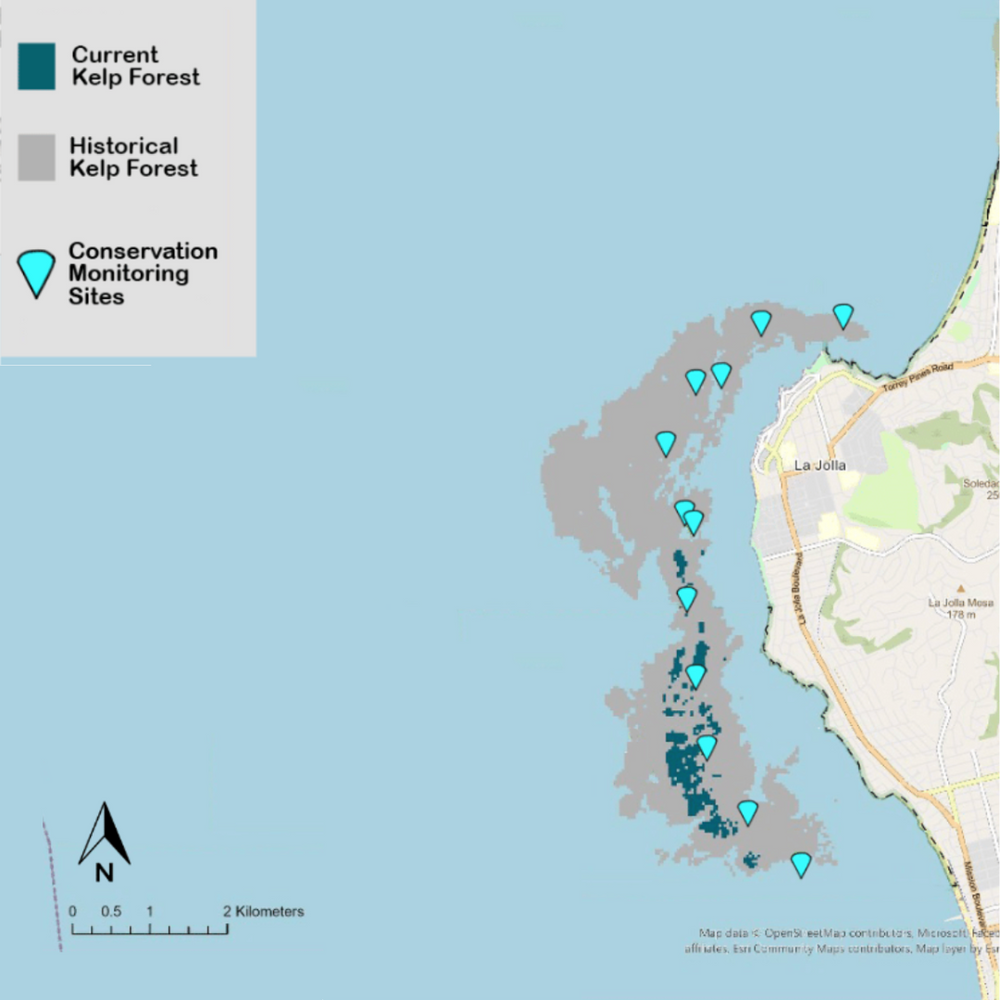
Historical Loss of La Jolla Kelp Forest
The project has a number of research sites along the La Jolla coast to examine a wide-range of factors for kelp loss and recovery.
Various transplant methods will be tested to determine the most effective approach for restoring giant kelp. Research will also include habitat assessment and long-term ecological monitoring.
A little further reading...
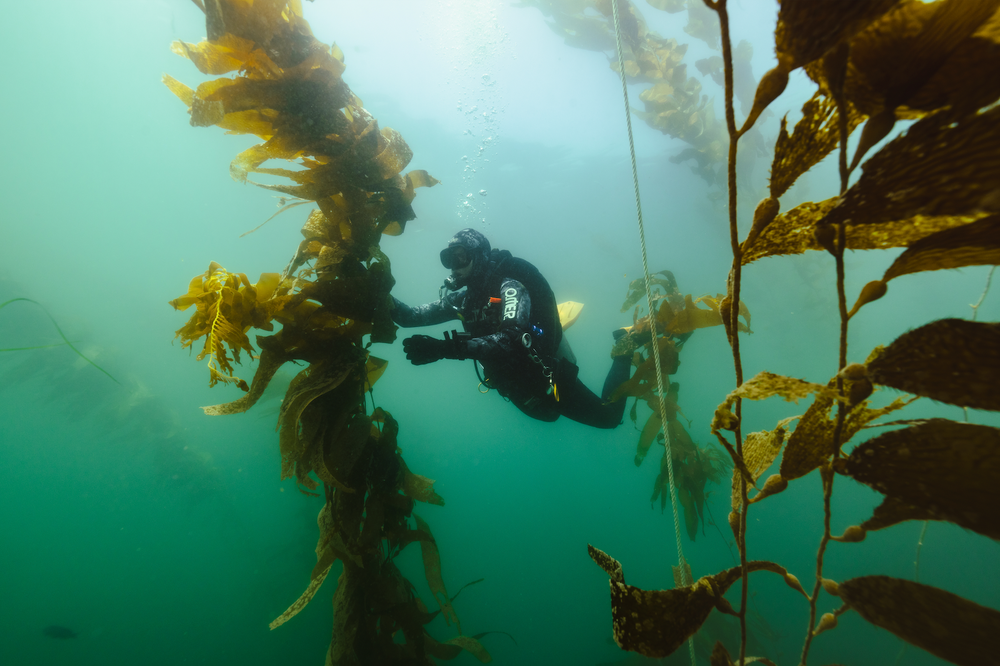
Why We Need Your Help
With your support, we will work with the scientific community atScripps Institution of Oceanography, a leading research authority in marine science, to find new solutions to kelp forest restoration. This research will be critical in bringing back these vital coastal ecosystems, and informing the state-wide kelp restoration toolkit being developed by the Ocean Protection Council for the State of California.
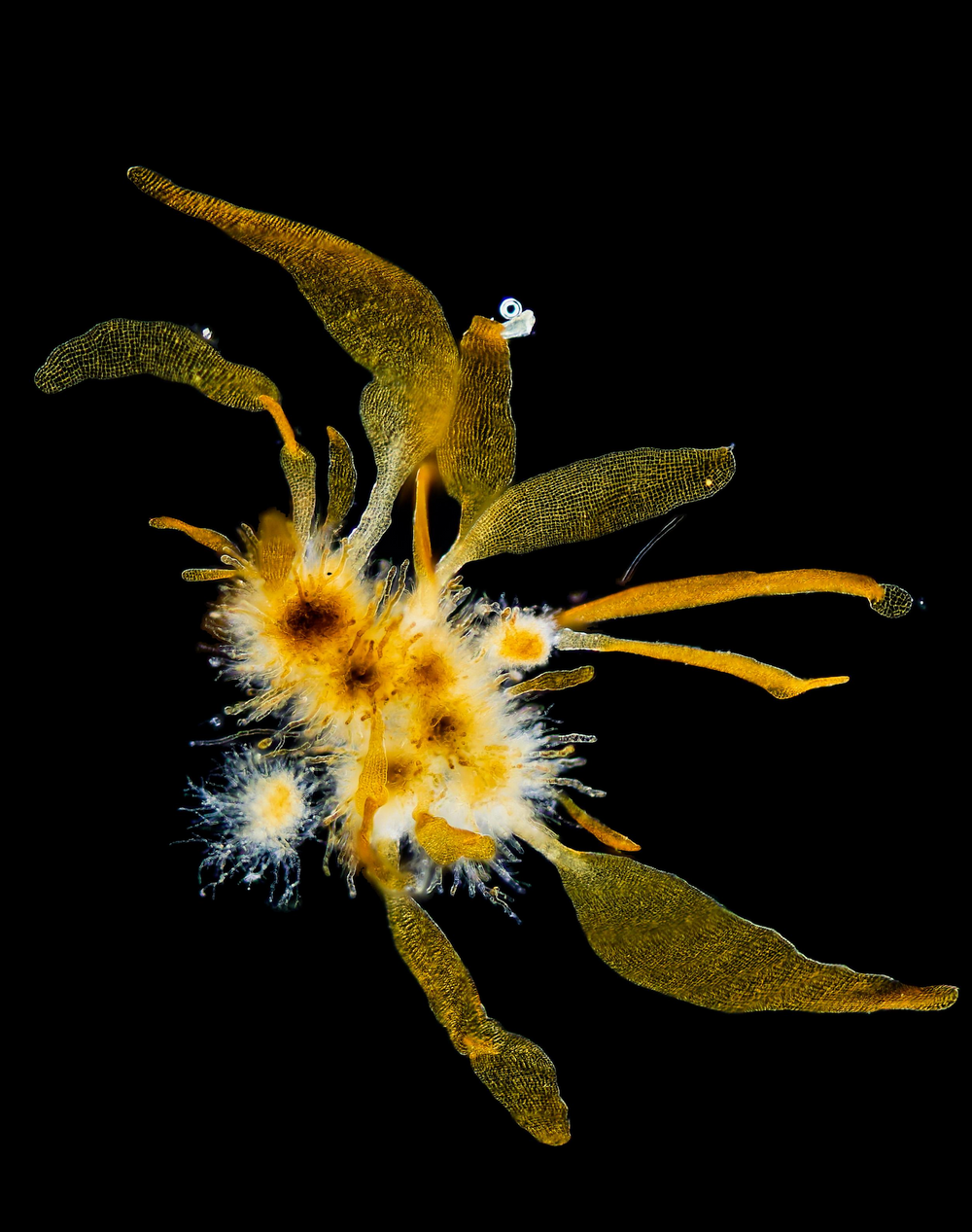
Why We Need to Act Now
Kelp forests around the world have suffered detrimental impacts over the last several decades, including dramatic losses in California in the past 10 years. Going forward, threats to kelp forests will only increase due to climate change and loss of ecosystem resilience.
To respond to this threat, communities in California and around the world are organizing to create large-scale projects to restore and protect kelp forests. But there are still many scientific unknowns, and solving these unknowns now will be critical to scaling up kelp restoration in the future.
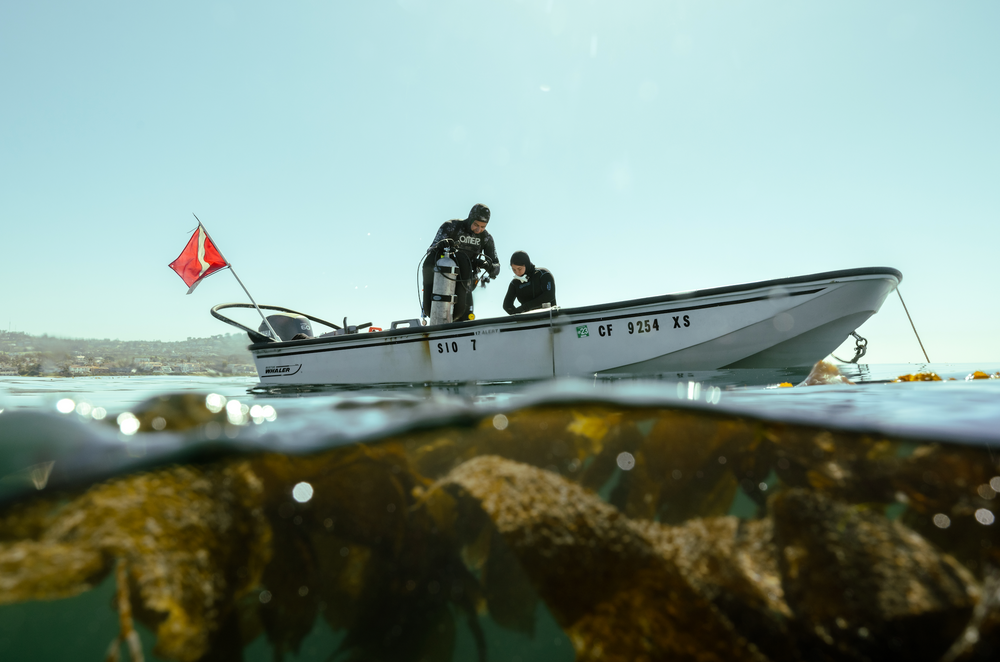
How is Your Donation Spent?
Your support of this project will go directly toward research expenses involved in the investigation of San Diego’s disappearing kelp forests. Furthermore, your donation will support the monitoring of the site, developing content, sharing stories, and ongoing communications about the project.

